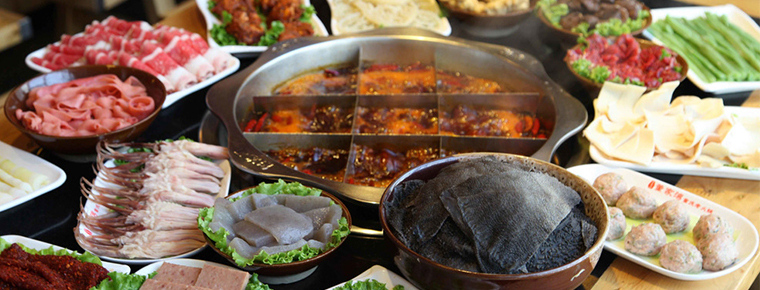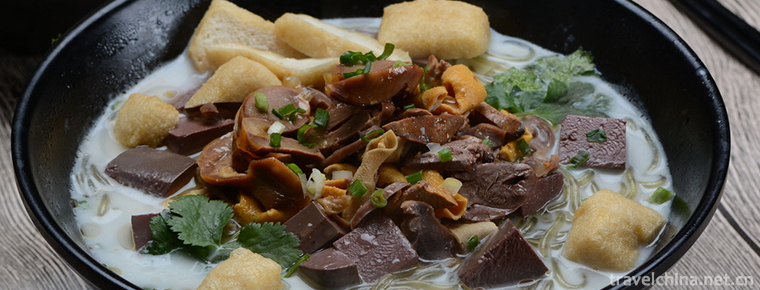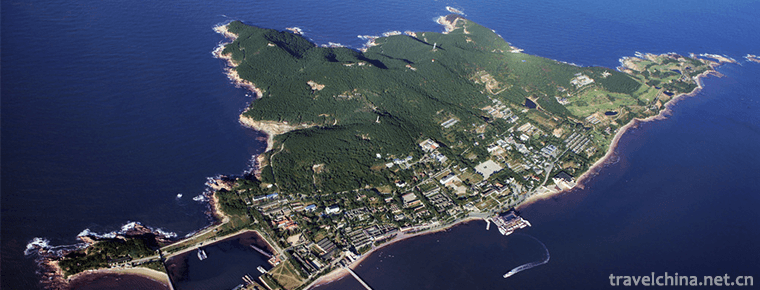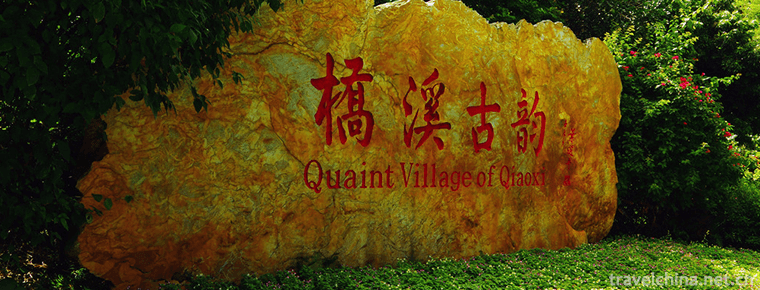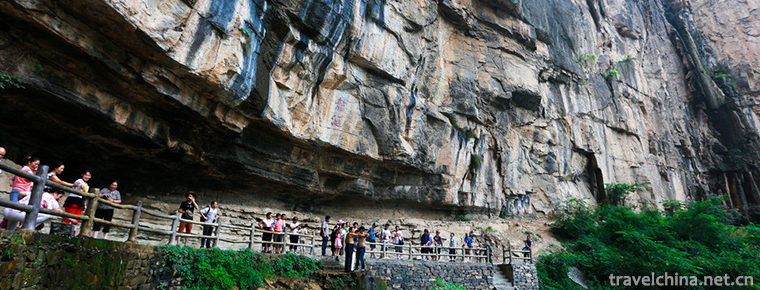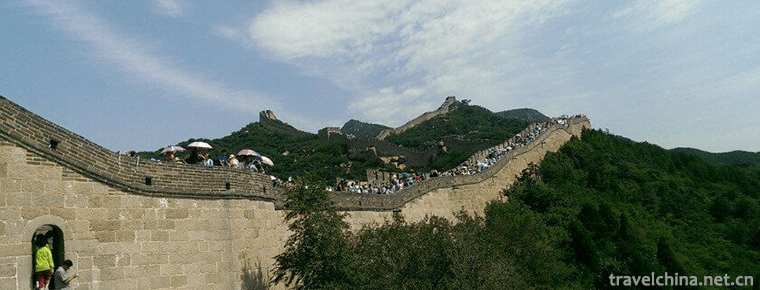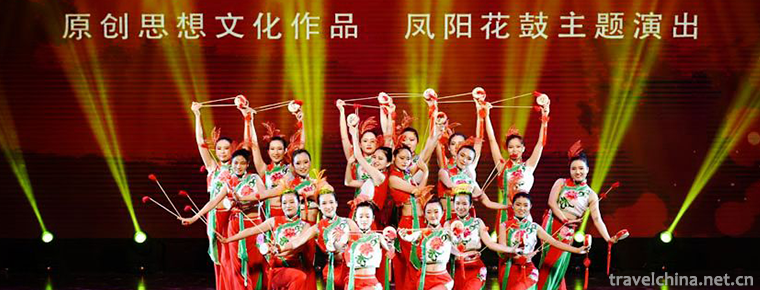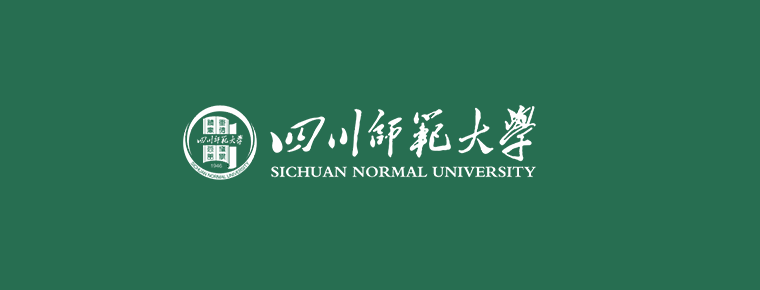Geographical environment of Mianyang
Geographical environment of Mianyang
Location context
Mianyang City is located in the northwest of Sichuan Basin, in the middle and upper reaches of Fujiang River, bordering Qingchuan county and Jiange County of Guangyuan City in the East, Shehong city and Daying County in Suining City in the south, Luojiang District, Zhongjiang County and Mianzhu City in Deyang City in the west, and Jiuzhaigou County, Songpan county and Maoxian County in Aba Tibetan and Qiang Autonomous Prefecture and Wen County in Longnan City, Gansu Province in the northwest. It is between 103 ° 45 '- 105 ° 43' e and 30 ° 42 '- 33 ° 02' n. It is a narrow strip from northwest to Southeast, with the maximum width of 187 km from east to west and 256 km from north to south. The total area is 20248.4 square kilometers, accounting for 4.2% of the land area of Sichuan Province.
geological structure
In Mianyang City, the strata are well developed, the rock formation is complex, the lithology and lithofacies change greatly; the structural form is very complex due to multi-stage structural inheritance, interference and superposition; the late magmatism and regional metamorphism are weak; the sedimentary mineralization is strong, and the endogenous mineralization is weak. Taking Jiangyou fault as the boundary, it is divided into two first-order structural units. According to the plate theory, it is located in the meridional mosaic zone of the East and West plates in China, and it straddles the Ganzi Songpan geosyncline and Yangtze platform obliquely according to the trough platform theory. This regional geological pattern controls the spatial distribution and combination characteristics of natural conditions and resources such as lithofacies, strata, minerals, topography, landform, soil, climate, water system, biology, etc., and has a profound impact on human social and economic activities.
stratum
The strata of Mianyang city span Yangtze region and Bayan Har Qinling district. There are four zones, namely Sichuan Basin, Longmenshan, malkang and West Qinling, and six stratigraphic zones, namely Nanchong, Guangyuan, northern Longmenshan, middle Longmenshan, Jinchuan and Motianling.
According to the existing data, the middle and Upper Cambrian, Upper Cretaceous and Tertiary strata are generally missing, only a small number of Middle Ordovician strata are exposed, and the other strata are developed and exposed. The total thickness of the deposit is more than 33637m. The stratigraphic distribution law is that the Triassic strata and the lower strata are exposed in the Longmenshan fold belt in the Northwest Mountain Area; the Mesozoic Jurassic and Cretaceous red beds are widely distributed in the knobs structure belt in the hilly area of the southeast of the city.
structure
Mianyang City straddles the Yangtze paraplatform, Songpan Ganzi geosynclinal fold system and Qinling geosynclinal fold system. The structure is located at the junction of the paleo Asian tectonic domain, the coastal Pacific tectonic domain and the Tethys Himalayan tectonic domain.
(1) Motianling EW fold belt: a strong compression zone mainly composed of a series of folds and faults. The overall strike is EW or nearly EW. The dominant fold structure in Mianyang City is Mupi anticline. The main fault structures include Qingchuan fault, Yingping fault and Huya fault.
(2) The NE trending structural belt of Longmenshan: the NE trending structural belt of Longmen Mountain is located in the northwest of Sichuan Basin, between Jiangyou fault and Qingxi fault, and is divided into two zones by Nanba fault. The main fold structures are tangwangzhai syncline and yangtianwo syncline. From south to north, there are Gaozhuang syncline, Jiaoziding syncline and Baiyang syncline. Among the NE trending faults in Longmen Mountain, the regional faults are Jiangyou Dujiangyan fault, Beichuan yingxiushen fault zone and Qingxi fault. The Beichuan Yingxiu deep fault zone starts from the south of Chaba in Guangyuan in the north and reaches Luding County in the south. It passes through the southeast side of PENGGUAN jiuligang composite anticline and the northwest side of Baoxing composite anticline, with a length of more than 400 km. In general, it extends at 40 ° to the northeast. This fault can be divided into North and South segments. The northern segment of Mianyang City is called Beichuan fault, and the southern segment is called Yingxiu fault or zhongjupu fault zone, which occurs in the fold belt of Longmenshan platform margin.
(3) Rotation and torsion structure: there are mainly Mianyang ring structure, zhenjiangguan turbine structure and tianpingchang spiral structure.
topographic features
Under the control of regional geological pattern, the landform of Mianyang City is divided into three different geomorphic units in Sichuan Province: Longmenshan mountain area lies to the north of the line from JuShui town in Anxian county to Majiaoba town in Jiangyou County; Yanting County and Zitong County in the southeast belong to the low mountainous area in the North of the basin; Santai County, Fucheng District and Youxian District in the southwest belong to the hilly area in the basin. The landform of Mianyang City inclines from northwest to Southeast, and the landform also transits from mountain to hill.

Geographical environment of Mianyang
-
Duck blood soup with vermicelli
Duck blood vermicelli soup is a famous specialty in Nanjing, belonging to Jinling food...
Views: 250 Time 2018-10-26 -
Weihai Liugong Island Scenic Area
WeihLiugong Island is located in Weihai Bay, the easternmost part of Shandong Peninsula. It has rich and unique cultural landscape, including the Warring States site dating back thousands of years
Views: 132 Time 2018-12-08 -
Yan Nanfei Tea Field Scenic Area
Yannan Fei Tea Field Resort, located in Yanyang Town, Meixian District, Meizhou City, is the first AAAA-level tourist attraction in eastern Guangdong Province, and has been upgraded to 5A-level touris
Views: 196 Time 2018-12-12 -
The Wanxian Moutain
Wanxianshan Scenic Area is located in the hinterland of Taihang Mountain in the northwest of Huixian City, Henan Province. It belongs to Nantaihang Tourism Resort, Xinxiang
Views: 245 Time 2018-12-17 -
Danxia Chishui
Danxia National Geopark in Chishui City, Guizhou Province, is located in the southern edge of Sichuan Basin, close to the northern foot of Daloushan Mountain in northern Guizhou Province and the weste
Views: 230 Time 2019-01-05 -
Legend of Badaling Great Wall
Badaling Great Wall legend is one of the traditional folk legends in Beijing. It is rooted in the folk and has prominent dialect characteristics. It combines romanticism and realism skillfully.
Views: 222 Time 2019-04-02 -
Fengyang flower drum
Fengyang flower drum is also known as "flower drum", "beating flower drum", "flower drum gong", "double drum" and so on. Fengyang flower drum originated in Linh
Views: 370 Time 2019-04-29 -
Xinhui Sunflower Art
Xinhui Sunflower Art, a traditional Chinese handicraft, originated in Xinhui District, Jiangmen City, Guangdong Province. Xinhui Sunflower Art has a history of more than 1600 years, and became famous
Views: 135 Time 2019-07-06 -
Sichuan Normal University
Sichuan Normal University is one of the key universities in Sichuan Province and the first national universities to implement the "Basic Capacity Building Project of Colleges and Universities in
Views: 165 Time 2019-08-31 -
Qixian Lake
Qixian lake water resort is located in Fuxing Town, Gaoxian County, more than 40 kilometers away from Yibin City. It is the largest mountain water storage Lake in Yibin City, with a water area of 2632 Mu and a total area of more than 50 square kilometers. It was listed as a regional scenic spot in 1988 and approved as the first batch of provincial wetland park by Sichuan Provincial People's Government in 2008.
Views: 387 Time 2020-10-16 -
Suining transportation
Suining is a transportation hub city in Sichuan Province, with an equal distance of 128 km between Suining and Chengdu Chongqing. It is an important node city and secondary comprehensive transportation hub between Chengdu and Chongqing. 237km "3-way 7-line" railway
Views: 143 Time 2020-12-16
